Back in 1865, the valuation roll for Largo Parish included three salmon fishing stations: Lundin Salmon Fishings (owned by Standard Life Assurance Company); Largo Salmon Fishings (owned by Largo Estate); and Strathairly Salmon Fishings. The latter was owned by Captain David Briggs of Strathairly House and was leased at that time by David Ballingall (see valuation roll extract below). The painting above dates to 1895 and is by Peter D Lauder of Dollar. It features the salmon bothy and nets associated with this fishing station, to the east of the Temple. The Viewforth buildings are visible in the distance. A more recent photograph of the same view also appears for comparison. Note that the Temple was once known as the Temple of Strathairly.
In the 1861 census, there were four men in Largo with the occupation of 'Salmon Fisher', all of whom lived at the Temple - David Ballingall, David Birrell, James Clark and John Clark. David Ballingall was married to James Clark's sister Betsy and John Clark was James's son, so this was a family affair. John Clark latterly lived at Rollo Villa, named after his mother, Mary Rollo. In fact, Alexander Selkirk, who leased the neighbouring Largo Salmon Station (more on that to follow) was also a relative. His sister Margaret was James Clark's mother - making him uncle to James and great uncle to John Clark.
Ten years later, the 1875 valuation roll shows that David Ballingall and James Clark jointly leased the Strathairly Station from Major-General David Briggs. The clip above from 15 July 1870 East of Fife Record tells us that they had some success in their endeavours around this time. Furthermore, the piece below from 17 August 1876 Fife Herald tells us that 1876 turned out to be the best fishing year since 1842, some 34 years earlier.
Such success must have attracted the attention of the big players in the salmon fishing game. One of those, Andrew Greig Anderson, already leased a salmon station a little further east in neighbouring Newburn Parish by 1875. Within a few years this Edinburgh fish merchant would operate many salmon fishings along both sides of the Forth, including at Stirling, Cockenzie, Aberlady, North Berwick and multiple within Largo Bay. He also had significant interests in Kirkcudbright.
The previous Strathairly Fishings tenant James Clark died on 9 November 1879 at Lorne Cottage, aged 67 years. His salmon fishing partner David Ballingall died on 6 January 1885 aged 85 years. By 1885 Andrew Greig Anderson had the lease of both the Lundin Fishings and the Strathairly Fishings, in addition to the Balchrystie Fishings within Newburn Parish. A few years later he would add Dumbarnie Salmon Fishings to his Largo Bay portfolio, taking his total in the bay up to four stations.
Anderson also owned three houses at the Temple, which he rented out to the salmon fishers who worked his nets. The year 1885 also saw Anderson build Carrick Villa at Johnston's Mill (see 19 August 1885 Fife Herald story below). This imposing building (pictured further below in 1975 from the Canmore Collection) took its name from the maiden name of his wife, Mary Carrick. The map above shows the division between Largo and Newburn parishes and the proximity of Carrick Villa to the boundary between the two (marked Johnston's Mill).
Andrew Greig Anderson still had four Largo Bay salmon fishings, including Strathairly, in 1895. However, around this time he was also diverted with other interests. Being a fish merchant required much use and storage of ice. In 1895 Anderson commissioned none other than architect Peter Lyle Henderson (regular summer visitor to Largo, architect of the Lundin Links Hotel and one-time Captain of Lundin Golf Club) to design a large curved building on St Stephen's Street in Edinburgh's Stockbridge, to be used as an ice store.
Being something of an innovator, Anderson had a scheme to also create an adjacent ice rink, designing the 'ice floor for skating rinks' system (shown below) himself. The venture took a while to come to fruition but eventually reached the stage of having all of the necessary machinery installed. However, just as it was on the point of being ready to open, the scheme was abandoned. Between 1899 and 1901 the building was converted into a theatre. It operated as the Tivoli Theatre for several years, before becoming a picture house and later a night club, prior to burning down in 1991.
A few years after his unsuccessful ice rink venture, Andrew Greig Anderson died aged 64 from accidental poisoning. When the lease of the Strathairly salmon station became available, local men Walter Horne (joiner and contractor) and James Simpson (fisherman) took it on. The extract from the 1905 valuation roll below lists their names. Walter Horne also purchased the row of three homes at the Temple which Anderson had previously rented to salmon fishermen. In 1907 Horne also took over the lease of the Largo Salmon Fishing Station (more to follow on that). Walter Horne retained the tenancy at the Strathairly station right through to 1940, partnering with Alexander Simpson after the death of James Simpson and later with David Gillies. Walter Horne died in 1941 aged 77.
The Strathairly Station, as it was, went out of use during the Second World War but this wasn't the end of salmon fishing along this stretch of the bay. Activity eventually resumed and continued during the 1960s-1990s, as many will remember. A more recent photograph of the site is shown below. Further posts to follow, covering the third of Largo's salmon fishings, as well as those in neighbouring Newburn and Scoonie Parishes.
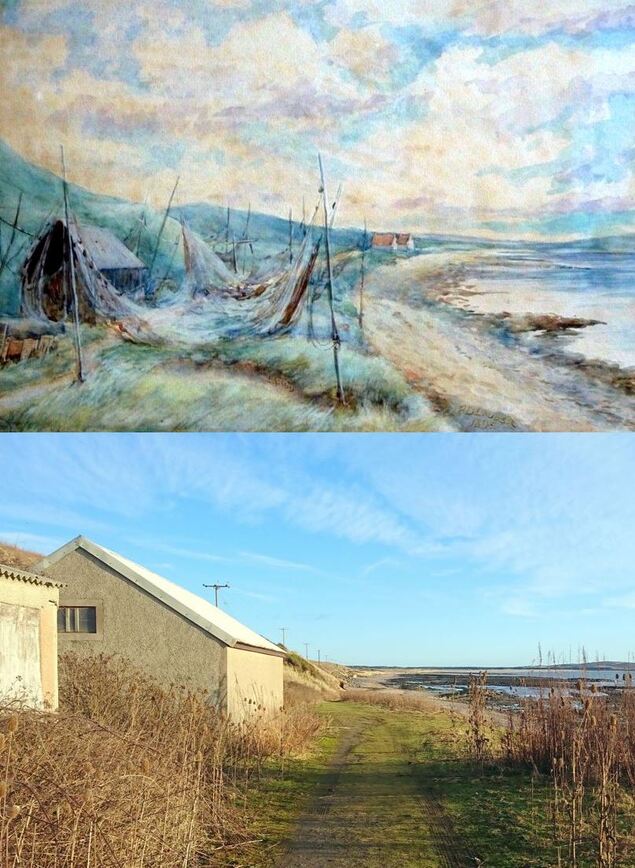
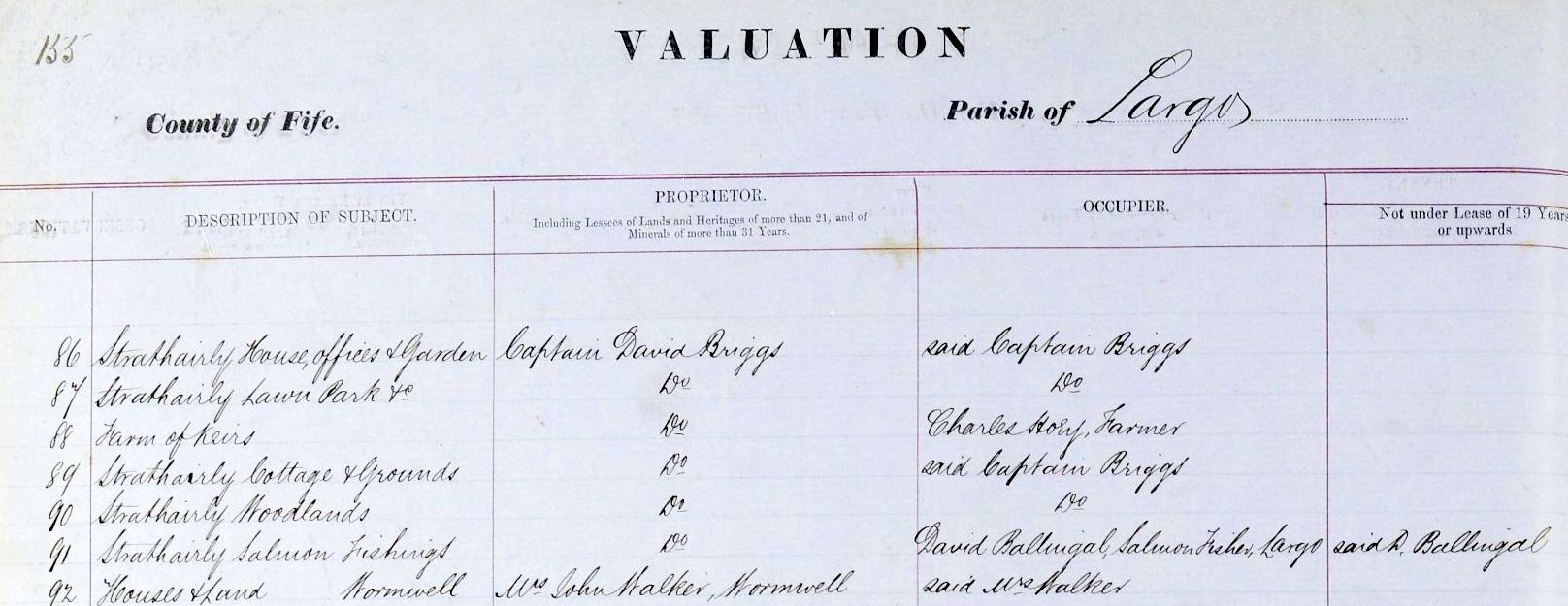


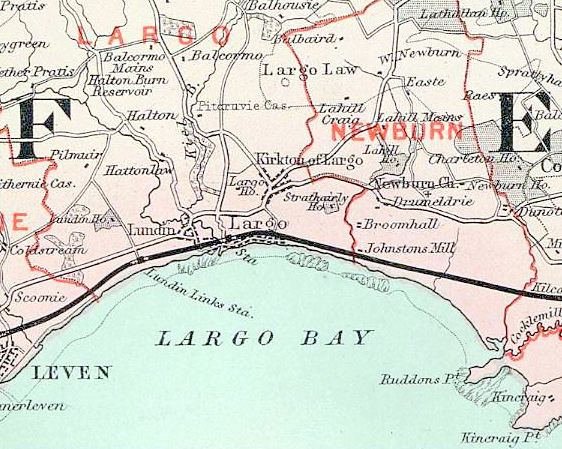
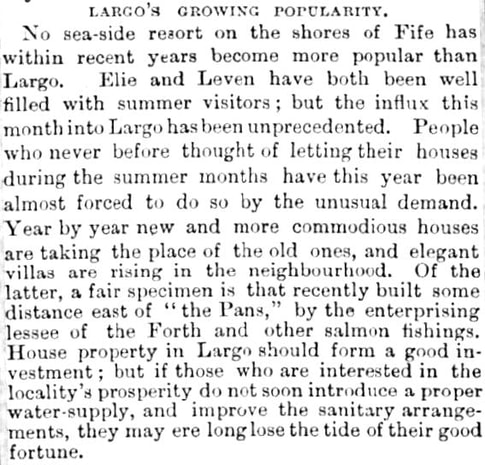
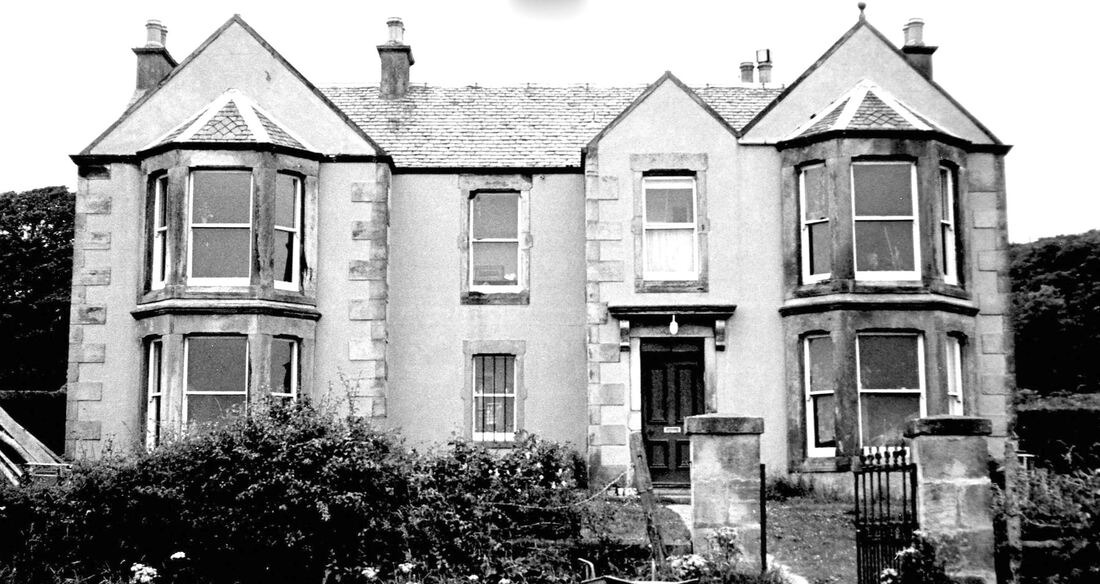
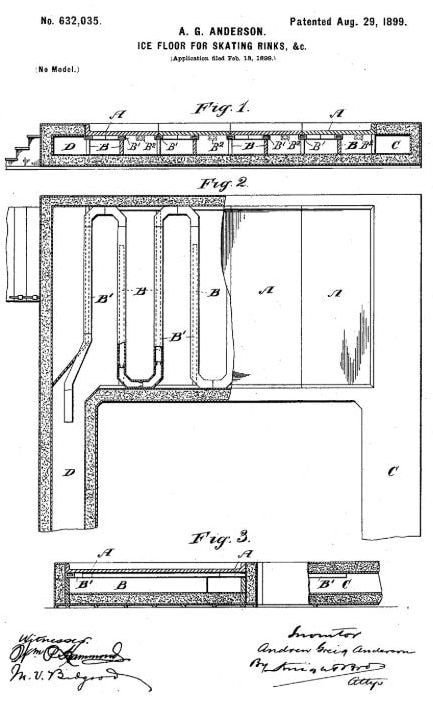

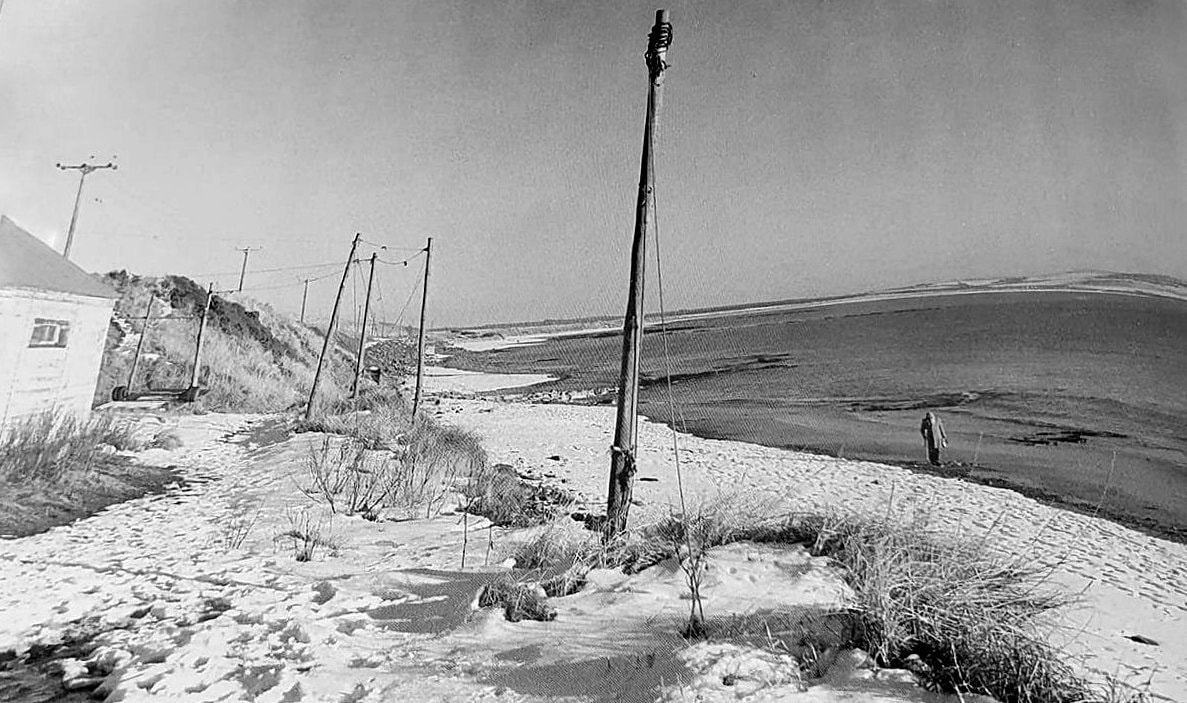
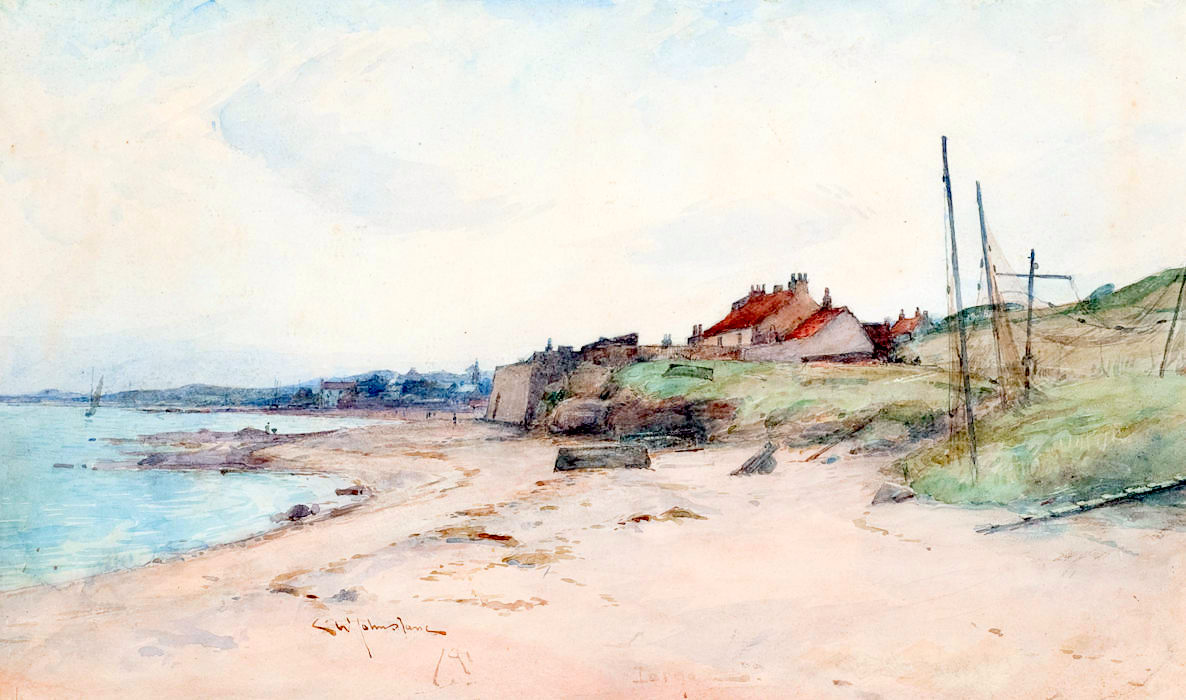
 RSS Feed
RSS Feed
